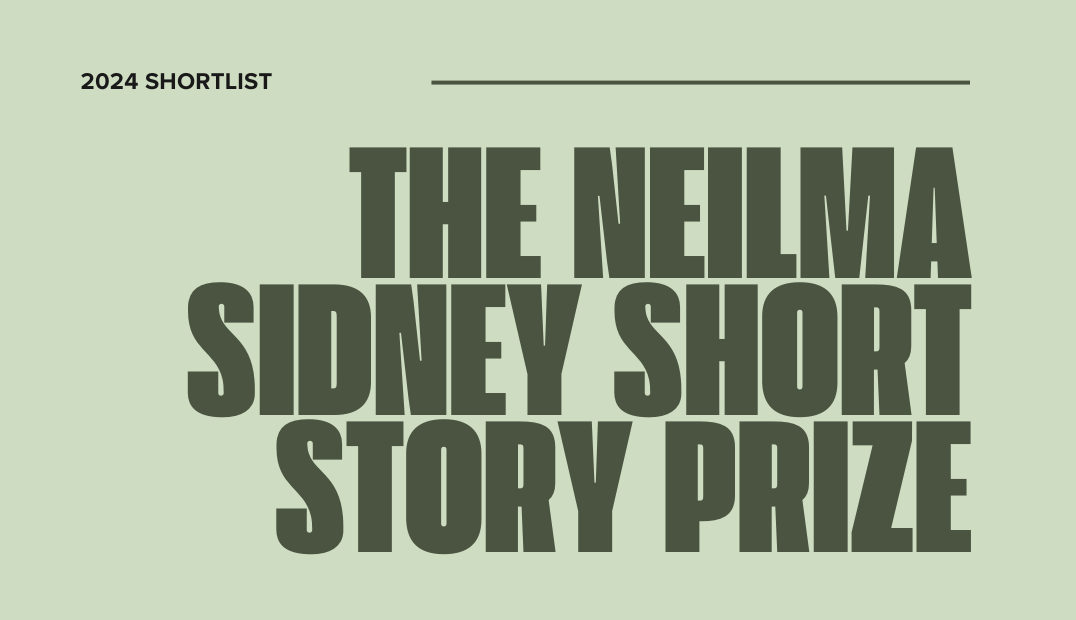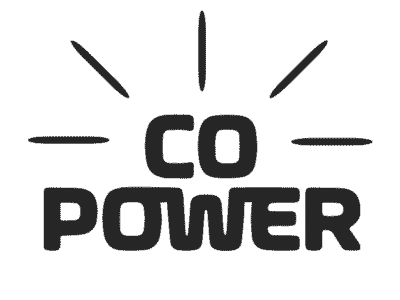 The web is, don’t you know, going to save that endangered species, the newspaper. At least, that’s the theory — and, of course, the model that everyone’s looking to is the Huffington Post, Ariana Huffington’s phenomenally successful bloggy-papery thing. Almost all the commercial online publications in Australia look increasingly Huffington-like: have a glance, for instance, at News Corps’ Punch.
The web is, don’t you know, going to save that endangered species, the newspaper. At least, that’s the theory — and, of course, the model that everyone’s looking to is the Huffington Post, Ariana Huffington’s phenomenally successful bloggy-papery thing. Almost all the commercial online publications in Australia look increasingly Huffington-like: have a glance, for instance, at News Corps’ Punch.
Huffpo generated such excitement because it seemed to have achieved the impossible: establishing a commercially successful online outlet, publishing serious and even vaguely progressive content. The problem is that, the closer you look, the more illusory the achievement seems. The parody frontpage really nails it, I think: the Huffpo model rests upon aggregating content from other sources (in a way that’s clearly not sustainable more broadly, since somebody has to actually, like, write the damn stuff), generating most of its traffic through tabloid trash (naked celebs, etc) rather than its serious articles, and convincing sundry filmstars, rock singers and other celebrities to blog for free.
Huffpo is now probably sufficiently hegemonic to remain viable. But one doubts very much whether the same thing can be said for its legion of imitators. At the end of the day, if online journalism has a future, someone is going to have to come up with a model that actually pays journalists to produce content that people want to read, rather than just getting mad clicks through naked film stars.





